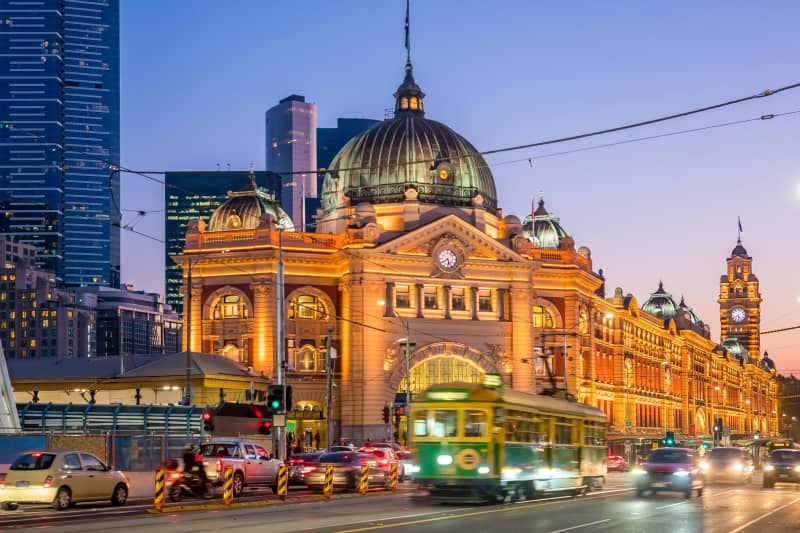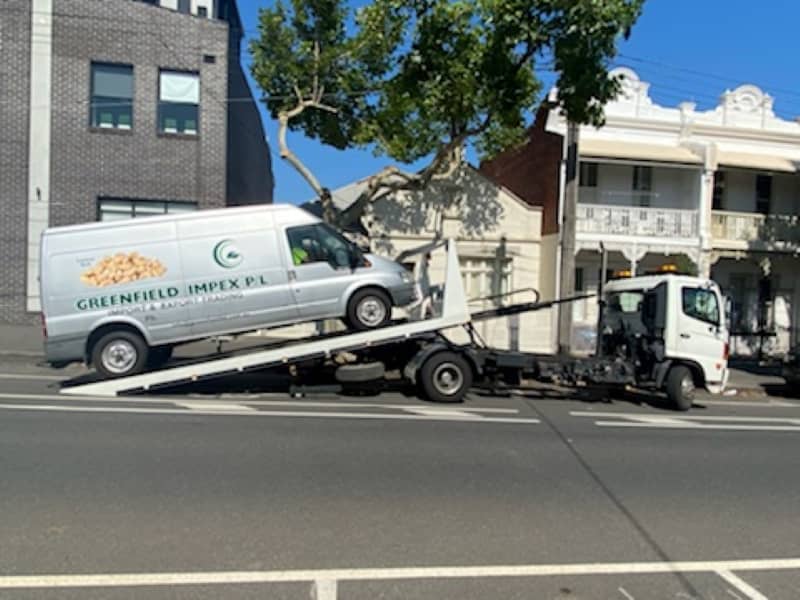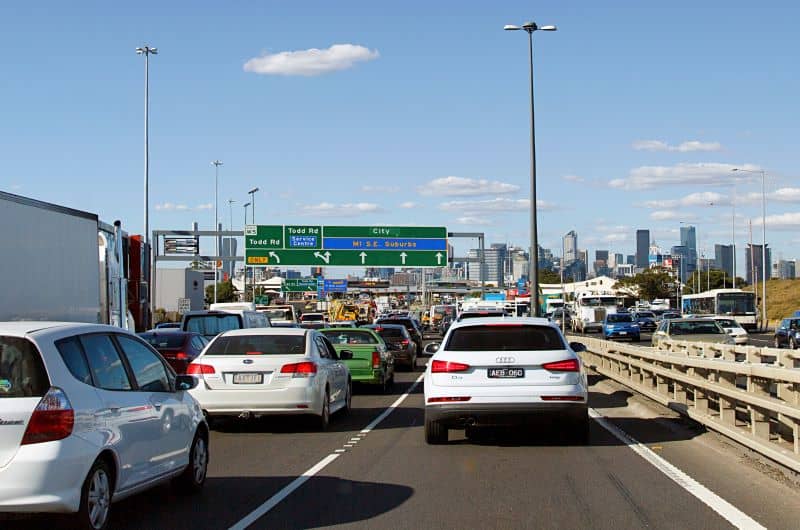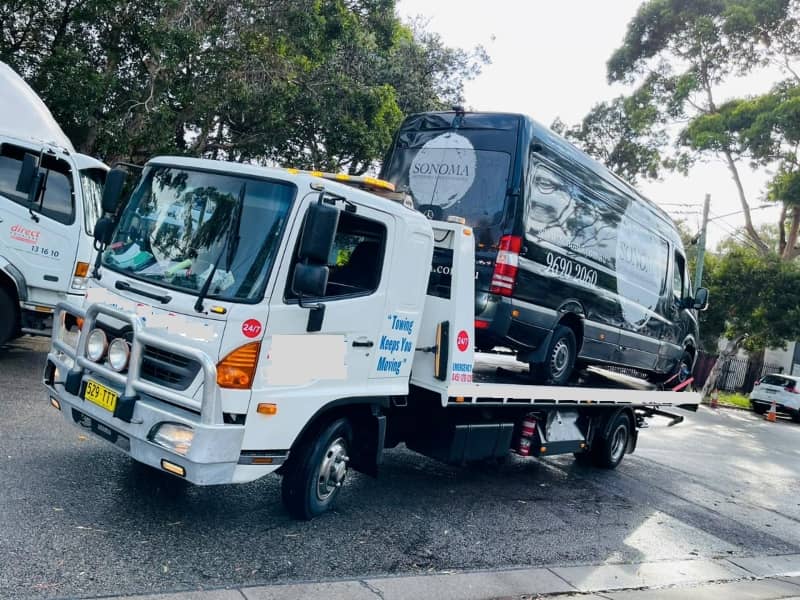Victoria, just like many other cities in the world, and especially in Australia, faces road congestion as a major problem in the transport sector. The problem, if not addressed and solved, is likely to keep growing as the population grows. It may hinder the city from thriving and growing. Therefore, policymakers need to develop a sustainable long-term solution to the congestion problem.
Several strategies can be applied to the issue, with each solution being effective to a certain level under certain circumstances.
Latest Stats and Future Forecasts
As per a report by the Australian Automobile Association, traffic on most of Australia’s city roads is slowing. The report, which covers five years up to June 2018 shows that Melbourne registered the biggest decline in average speeds due to traffic congestion. The city had an average of 59.9 kilometres per hour, which was an 8.2% drop.
The report further indicates that in 2015, the cost of congestion on Australian roads was $16.5 billion. The cost rose to $19.0 billion in 2016. It projects that the cost is likely to rise to $27.7-37.3 billion by 2030 if there are no major changes in policy. That is despite the ongoing road and rail projects across Sydney and Melbourne.
The forecast indicates that a lot of productivity goes to waste due to congestion, which will only worsen over time if no action is taken to curtail the problem.
Further projections indicate that the commuter time on Melbourne’s roads is likely to increase by 20% by 2030. That translates to an additional 3.5 million trips per day across Melbourne’s transport network.
A Shift in Modes of Transport
The reason for the road and rail projects failing to solve the road congestion problem is simple. When constructing new roads and expanding existing ones, the immediate outcome may be a faster flow of traffic. However, over time, that changes and traffic become slow again. That is because the new infrastructure generates induced demand. When there is congestion on the roads, people tend to turn to alternative modes and means of travel to reduce the inconvenience of being stuck in traffic. People are more likely to turn to public transport in such instances.
As a possible solution to traffic congestion, alternative modes of transport would ensure fewer people drive their cars. The construction of bike lanes may encourage more people to cycle rather than spend many hours in traffic with their cars. Similarly, having a rapid transit line or express bus would result in people switching from driving their cars to using public means of transport. By leaving their cars at home, they would reduce congestion and allow for the flow of traffic. People can also be encouraged to walk rather than drive, especially if travelling over short distances.
Increasing Road Capacity
Increasing road capacity would appear as the most obvious strategy to use to address traffic congestion. That is because the congestion is often a result of increased demand for roads. Expanding roads increases supply given the available number of vehicles. However, expanding road capacity has other consequences that people may not be amenable to. For example, it may cause the relocation of some people. Further, as capacity increases, demand for roads may increase, thereby negating any change that may have come from the expansion.
Building new roads increases road capacity. Since people can now take less time travelling on the roads, it encourages more people to use their cars. That increases the demand for the roads, which may take traffic to the initial levels relative to the new roads. Thus, it goes back to the initial congestion problem and people have to shift back to public transport to avoid traffic inconveniences. Therefore, to provide a conclusive solution, there is a need to combine several strategies.
Controls
Managing Victorian roads to reduce congestion may also be possible using controls. Coordinating traffic through the use of traffic lights may have a huge impact on the flow of traffic. For instance, adding traffic lights to stop-sign-controlled intersections would reduce the queues at those intersections as there will be less time lost when stopping and starting. An effective traffic lights system would ensure the smooth flow of traffic at all times.
Reducing Crashes
One cause of traffic congestion is road crashes. Whenever there is a road crash, there is likely to be a traffic snarl-up. Thus, strategies that reduce crashes would result in a reduction in road traffic. That may include building better-designed roads, ensuring better training for drivers, and making driving significantly expensive so that fewer and more careful drivers are on the roads.
Tech & Intelligent Transport Systems
The use of technology can also aid the management of traffic on Victorian roads. Employing intelligent transport systems may allow commuters to access real-time information on the status of the roads. That would then allow them to make informed decisions and plan their trips with the traffic situation in mind. Such technology allows commuters to avoid congested roads, allowing the traffic to decimate. The information from such systems may also help commuters select the best alternative mode of transport in case of traffic congestion.
Adjusting Transport Pricing
According to RMIT University’s Centre for Urban Research, it is possible to use transport pricing as a strategy to reduce traffic congestion on Victorian roads. Transport pricing can lead to a 13-30% drop in congestion in the cities. The pricing of public transport services during peak and off-peak hours influences how people use the roads. For instance, increasing the road charges during peak hours would likely result in more people using public transport services as opposed to driving their vehicles. It may also force drivers to change their schedules to avoid congested hours when the charges are high. That reduces the traffic on the roads.
Scheduling
Most of the time, congestion is a direct result of many people wanting to travel at the same time. However, that can be avoided through scheduling. That would require staggering work hours such that people do not have to arrive at work at the same time. Although scheduling may inhibit collaboration at work, it would reduce congestion on the roads as people would be travelling at different times of the day.
There are plenty of strategies that can help manage congestion on the roads. However, each solution may not be sufficient on its own. It may require a combination of several strategies to ensure effective management of traffic on Victorian roads. For instance, expanding capacity may need adjusting transportation pricing to make it effective in the long run. Since the factors causing congestion are many and diverse, the strategies should also be equally diverse to match the respective factors.





